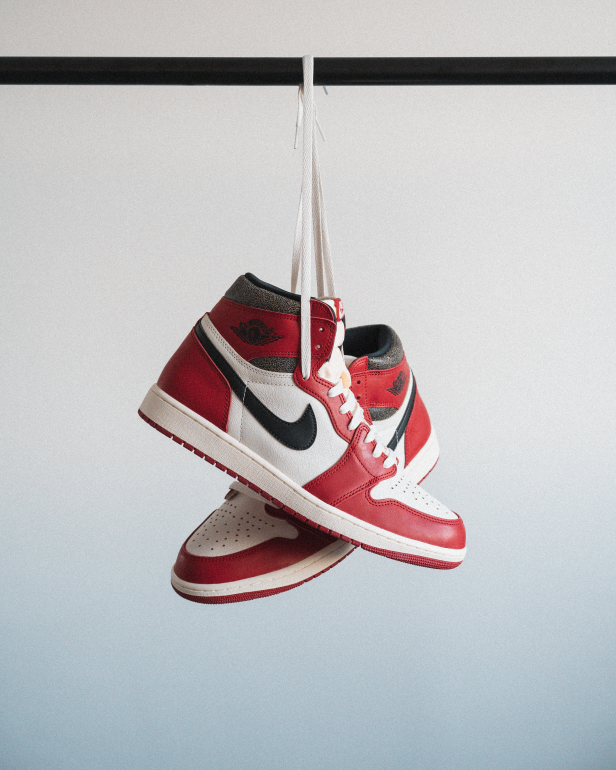If you’ve been collecting sneakers for a while, you’ve probably been in the position of legit checking either your sneakers or helping a friend/member in the community check theirs. You do the usual: check the smell, check the labels, check the stitching, etc.Â
But something catches your eye, and you see excessive glue near the midsole. You think to yourself: is this a sign of a potentially fake pair, or is this just bad craftsmanship? To a lot of sneakerheads, this would raise a red flag, and without the proper knowledge, there’s no way for you to really know if what you have is indeed real or not.
And that’s just one example. On one pair, it could be a glue spot. On another, it could be irregular stitching, and on another, it could be an upside-down label.Â
The point is there’s a fine line between understanding what Quality Control is and how it differs from a ‘fake’ pair. We tapped into our friends at Legitmark & asked them to explain quality control and provide a useful resource for all sneakerheads, both OG and new.
What is Quality Control?
Quality Control is a nuanced process used to guarantee that products are produced to a certain standard of quality and reliability. Important aspects of the process include material inspection, durability testing, and design evaluation. In the world of sneakers, QC standards can vary greatly depending on the brand, silhouette, style, and collaboration. For example, QC expectations for a Nike Panda Dunk in GS (Grade School) sizing may be lower than a pair of Nike Air Force 1 x Louis Vuitton collaboration.
It is important to remember that QC is a hands-on process that involves both automated and manual procedures. Despite its aim to achieve consistent outcomes in production, it is not foolproof.

Does Quality Control affect Authentication?Â
The Authentication process relies on the availability of rich information. While various types of information can be helpful, and knowledge about QC is considered to be one of the most valuable resources in the process. With so many possible QC issues across different brands, styles, and other factors, the amount of available information can be overwhelming. However, over time, patterns and trends can emerge, which can assist in the authentication process.
Therefore, a deep understanding of QC and vast product knowledge can greatly enhance the accuracy of the authentication process. The more an authenticator knows about the manufacturing process and typical QC issues within a brand or style, the better equipped they will be to authenticate a shoe.

Common Misconceptions about Quality ControlÂ
What people think: All products are perfect.
The reality: Every product has flaws.
Manufacturing defects or variations in materials can sometimes result in noticeable differences in the appearance of a shoe. To the untrained eye, these imperfections may raise suspicion about the shoe’s authenticity and suggest that it is a fake.
It’s essential to understand that even major brands often experience QC issues, which do not necessarily indicate that the shoe is not genuine. The added complexity of QC highlights the importance of staying informed about the various elements that contribute to the quality and authenticity of a shoe, such as materials, construction, design, and other common QC issues.

As a reminder, COLLECT users can receive an exclusive 10% code with Legitmark using the code “COLLECTâ€. Go to www.legitmark.com, download the app, and enter the code at checkout for your discount.

